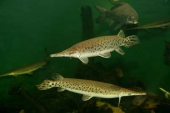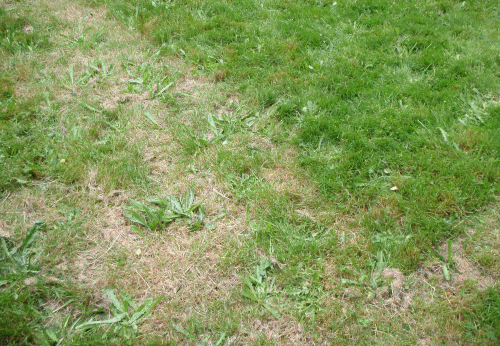

 1
1




Some places need to be wild

 3
3














 1
1




Some places need to be wild

 1
1




Eric Hanson wrote:Based on that information then would it be OK to go ahead and put the clippings in with the leaf compost and let them break down together for a few weeks before incorporating in the soil itself?
 2
2




How permies.com works
What is a Mother Tree ?
 1
1




How permies.com works
What is a Mother Tree ?














Some places need to be wild














Some places need to be wild




"People may doubt what you say, but they will believe what you do."
 1
1























Some places need to be wild
 2
2


















Some places need to be wild


















Some places need to be wild




Eric Hanson wrote:laurie,
Are you referring to the 2,4D grass or the "seed" grass. I could of course put the 2,4D grass on a pathway and just leave it there (not a bad idea at all, thank you). I would not need to place cardboard on this. So are you thinking about using cardboard to cover the "seed" grass? If so, I kinda like the idea. It would be handy to know how mature that green grass is. When I get a chance I will send a picture of the grass in question.
Eric















Some places need to be wild
 1
1




Eric Hanson wrote: My trails are treated with nothing but rain and have grown so fast this spring that they have already set seed. I don't suppose you know if the green early seed is viable yet, do you?
Eric

 2
2




List of Bryant RedHawk's Epic Soil Series Threads We love visitors, that's why we live in a secluded cabin deep in the woods. "Buzzard's Roost (Asnikiye Heca) Farm." Promoting permaculture to save our planet.










 1
1




Some places need to be wild
 5
5




 1
1





|
If you look closely at this tiny ad, you will see five bicycles and a naked woman:
Rocket Mass Heater Resources Wiki
https://permies.com/w/rmh-resources
|




